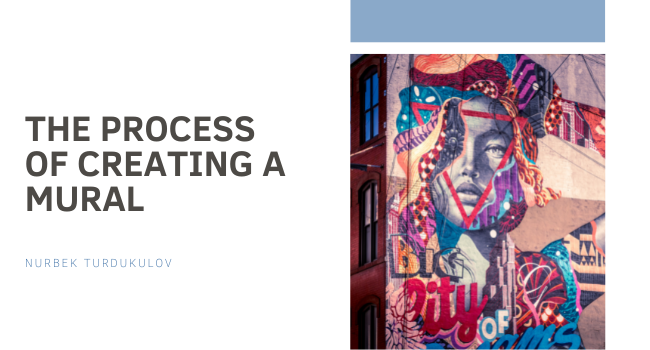While some mural painters may not compare to great masters, any muralist can take inspiration from the renowned artists of the past and modern muralists. Today, murals have become a frequent site in more places. One intriguing mural is The Great Wall of Los Angeles which records the city’s culture on the longest mural in the world. It extends for a half-mile on the concrete wall of the Tujunga Wash drainage channel in California’s San Fernando Valley. This historic mural recounts the local history of Los Angeles from the 1950s back to before the La Brea Tar Pits. Nowadays, the murals on the walls of schools have become an excellent medium for recording a school’s culture and history and leaving something of the student-painters themselves. And, for those who help create murals, their efforts leave a legacy of their talent and their time at the school.
Why Create a Mural?
Groups of people usually work together on murals. While such projects take much time, there are rewards for those participating. Creating a mural stimulates young people’s minds as they make use of their talents and work cooperatively and, later, attain satisfaction from their efforts alongside others.
How to Create a Mural
- Those involved with painting the mural should generate ideas and create the mural’s theme.
- The painters should also brainstorm on imagery and content, arriving at a decision.
- The designers should be confident that the mural’s dimensions will cover the wall.
- The painters should create a space of similar dimensions, sketching on it their plan and imagery so they will have a guide.
- With a sketch of the mural’s composition, the arrangement of the mural’s design can be sketched, designating the foreground, middle ground, and background. Using overlapping images creates a sense of depth.
- The composition should be drafted with what will be in the foreground, middle area, and background, using various scales for the images being depicted so they will be realistic.
- Choosing and mixing colors in advance ensures uniformity with colors.
- Making a sketch that is scaled to the wall’s dimensions can be transferred to the wall.
- Mix colors and label their containers.
- Using colors that will not fade quickly is also important. Black and earth tones are very stable, but shades of blue tend to lose their vividness, especially if exposed to sunlight.

